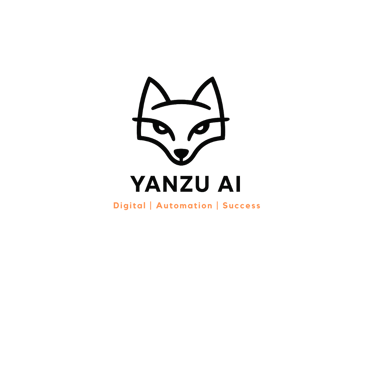AI Tools and Infrastructures
A summary of AI Tools.
6/16/20252 min read


Understanding AI Agents: From RAG to MCPS
Artificial Intelligence (AI) agents are becoming integral in numerous sectors, revolutionizing how tasks are accomplished and problems are solved. This text aims to explore the evolution of AI agents from Retrieval-Augmented Generation (RAG) to Model-based Conversational Planning Systems (MCPS), alongside a review of the best tools available in the market today.
1. Introduction to AI Agents
AI agents are programs that can autonomously perform tasks by perceiving their environment, making decisions, and taking actions. They can be categorized into various types based on their capabilities and architectures, ranging from basic rule-based systems to advanced agents equipped with machine learning.
2. Retrieval-Augmented Generation (RAG)
RAG represents a notable advancement in the field of AI, particularly in natural language processing. It combines the power of retrieval systems with generation capabilities, allowing models not just to create text but also to enhance their output with relevant data sourced from external databases or the internet.
Key Features of RAG:
- Hybrid Approach: RAG utilizes a dual strategy where it retrieves documents and then generates responses, leading to enhanced accuracy and relevance.
- Contextual Awareness: By utilizing up-to-date information from various sources, RAG allows for content that is not only fluent but also contextually relevant.
- Adaptive Learning: With ongoing interactions, RAG agents can refine their outputs, improving user satisfaction over time.
Popular RAG Tools:
- LangChain: This framework assists in building applications powered by language models and integrates seamlessly with RAG capabilities.
- Haystack: An open-source framework designed for building search systems that utilize RAG methodology to retrieve and generate information.
3. Model-based Conversational Planning Systems (MCPS)
MCPS represents a strategic evolution geared at improving conversational agents’ ability to manage tasks requiring multi-turn interactions. MCPS focuses on planning within conversations, enabling agents to anticipate user needs and adjust the flow accordingly.
Key Features of MCPS:
- Task Management: MCPS excels in handling multiple conversational turns, effectively managing context to guide users through complex tasks (e.g., booking a flight or troubleshooting a device).
- Proactive Engagement: Unlike reactive systems, MCPS can predict user intentions and provide relevant suggestions before prompts are made by the user.
In-depth Personalization: These systems adapt conversational strategies based on continuous learning from user interactions, enhancing the overall experience.
Leading MCPS Tools:
- Google Dialog flow: A widely adopted platform that allows developers to integrate conversational agents into applications, featuring natural language understanding and automated experience flows.
- Microsoft Bot Framework: This tool offers comprehensive options for building bots that can engage in complex conversation threads across different platforms.
4. Comparing RAG and MCPS
Both RAG and MCPS offer unique advantages tailored for different applications:
RAG is ideal for applications requiring deep information retrieval followed by generation, such as in customer support scenarios where relevant data is paramount.
MCPS is better suited for applications focused on interaction flow and user engagement, perfect for personal assistants or conversational agents that manage user tasks.
5. Considerations for Choosing AI Tools
When selecting tools for integrating AI agents, consider the following factors:
- Scalability: Can the tool evolve alongside your business needs?
- Integration: How well does the tool integrate with existing systems and platforms?
- User Experience: Does it enhance or complicate user interactions?
- Support and Community: Is there a robust support system and active developer community?
6. Conclusion
From RAG to MCPS, AI agents are paving the way towards a more efficient, responsive, and user-friendly digital landscape. As organizations continue to integrate these technologies, understanding their respective strengths is crucial for leveraging AI agents effectively. By considering the best tools on the market and aligning them with strategic business objectives, businesses can significantly enhance their service delivery, user engagement, and overall productivity.
